How To Clean Reactor After Used? | JCT Machinery
 Mar 11,2025
Mar 11,2025

 JCT
JCT
What should I do before cleaning the reactor?
- Turn off the power and close the feed port to ensure that the reactor is in a safe state.
- Discharge the residual material to minimize the residue that needs to be cleanded.
- Choose the appropriate cleaning method and determine the cleaning agent and method based on the properties of the produced material (such as water-based, oily or high-viscosity resin).

Cleaning Methods
1. Mechanical Cleaning (suitable for thicker solids or high-viscosity materials)
- Scraper or Stainless Steel Shovel: Used to remove solids or adhesions on the kettle wall and paddles.
- High-pressure Water Gun: Suitable for water-soluble materials, can quickly wash away most of the residues.
- Sandblasting or Dry Ice Cleaning (suitable for stubborn residues): Dry ice cleaning will not damage the kettle wall, environmental friendly and efficient.
2. Solvent Cleaning (applicable to oily or resinous materials)
- Water-based Materials: Can be resined with warm water or alkaline solution (such as NaOH solution) in a cycle.
- Oil-based Materials: Can be washed with organic solvents (such as ethanol, acetone, toluene, etc.), pay attention to ventilation and safety.
- High-viscosity Resins or Glues: Can be heated to an appropriate temperature to soften them, and then cleaned with the corresponding solvent.
3. Online Cleaning (CIP cleaning system, suitable for automated production line)
- Spray high-temperature alkali solution, hot water or solvent in reactor through a circulating pump to automatically clean the inner wall and agitator.
- Suitable for food grade, pharmaceutical or chemical production requiring high cleanliness.
Blade Cleaning Tips
- Manual Scraping of Residue: For thicker attachments, use a plastic scraper or copper brush to clean to avoid damaging the blade surface.
- Soaking Method: If the blade residue is difficult to remove, remove it and soak it in a solvent or alkali solution for several hours.
- Rotating Rinse: Add cleaning solution to the reactor and stir the blade at a low speed to enhance the cleaning effect.
Inspection and Maintenance After Cleaning
1. Dry the kettle with a clean cloth or compressed air to prevent rust.
2. Check whether the seals, bearings and other parts are damaged, and replace them in time if necessary.
3. Ensure that the residual cleaning agent is completely rinsed to avoid affecting the next batch of production.


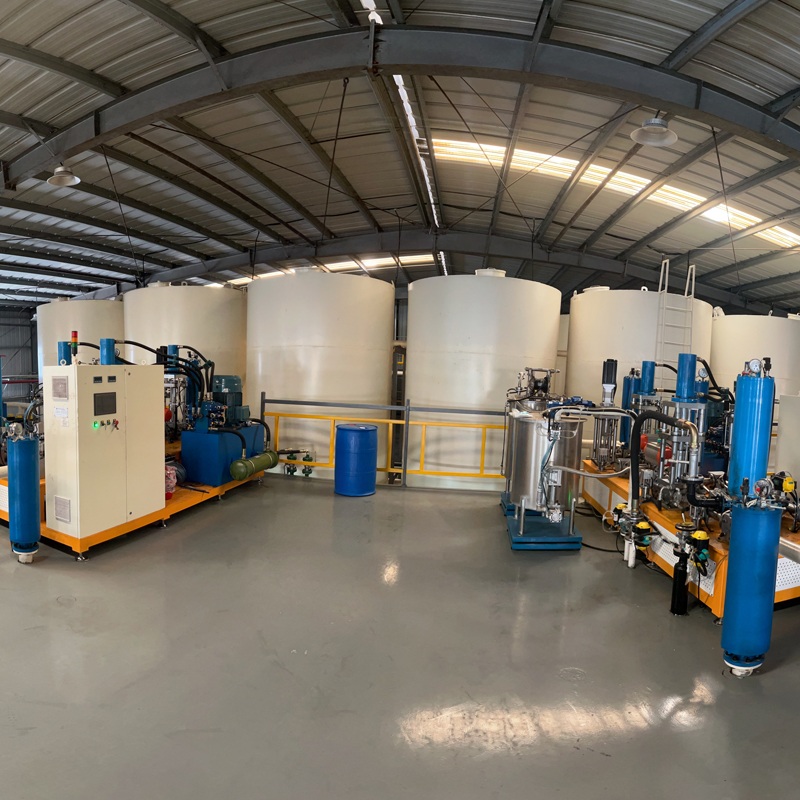
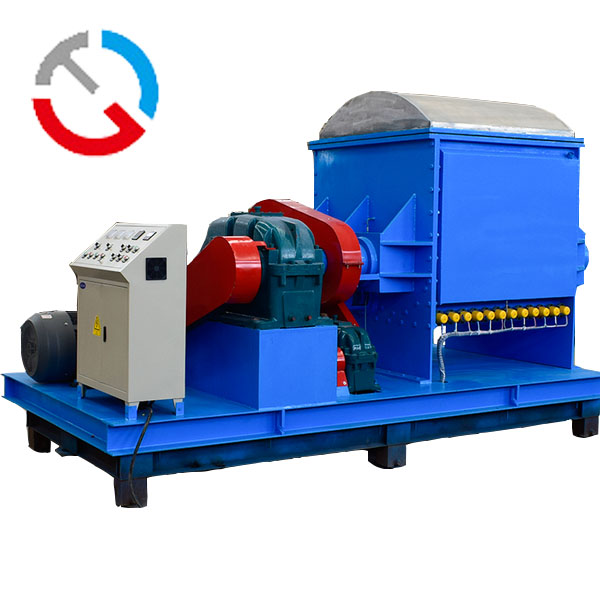
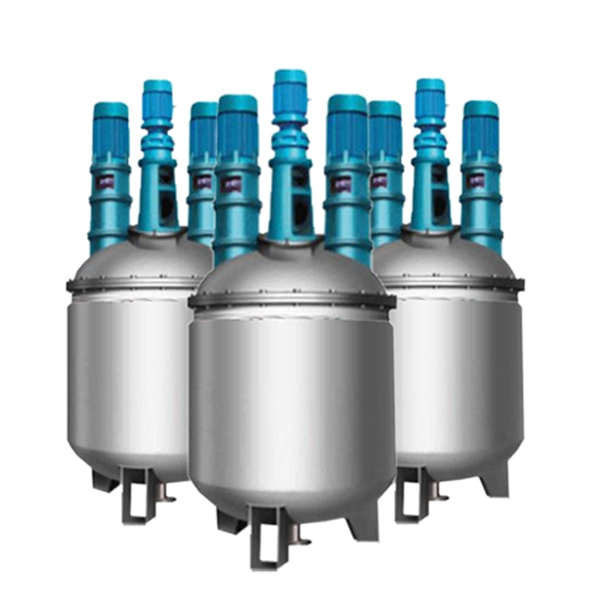
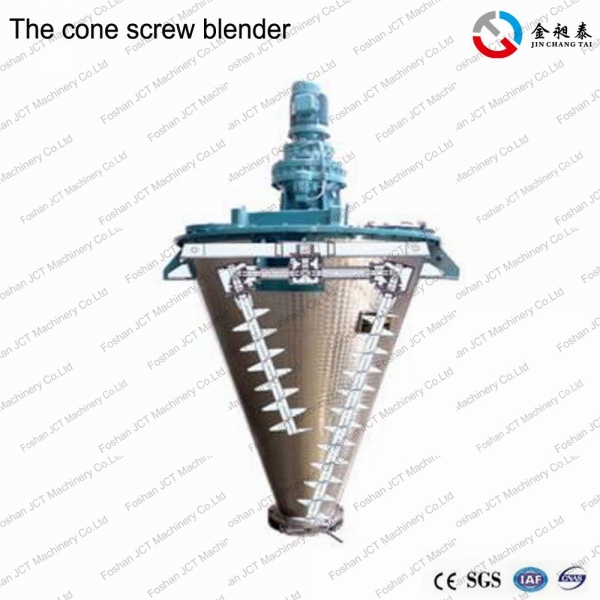
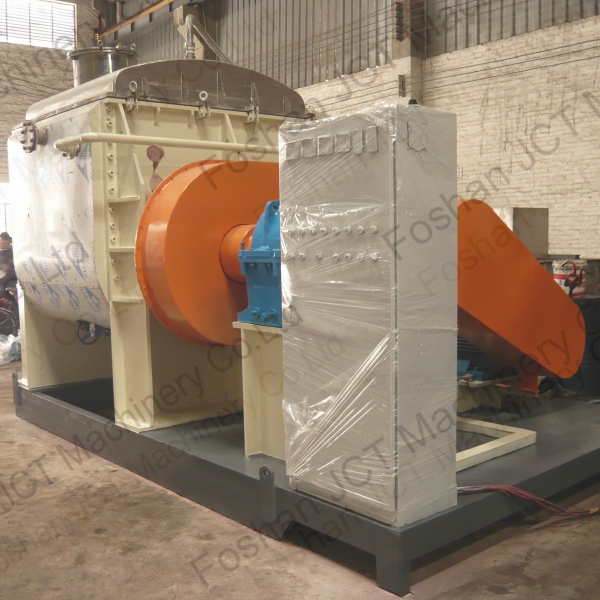
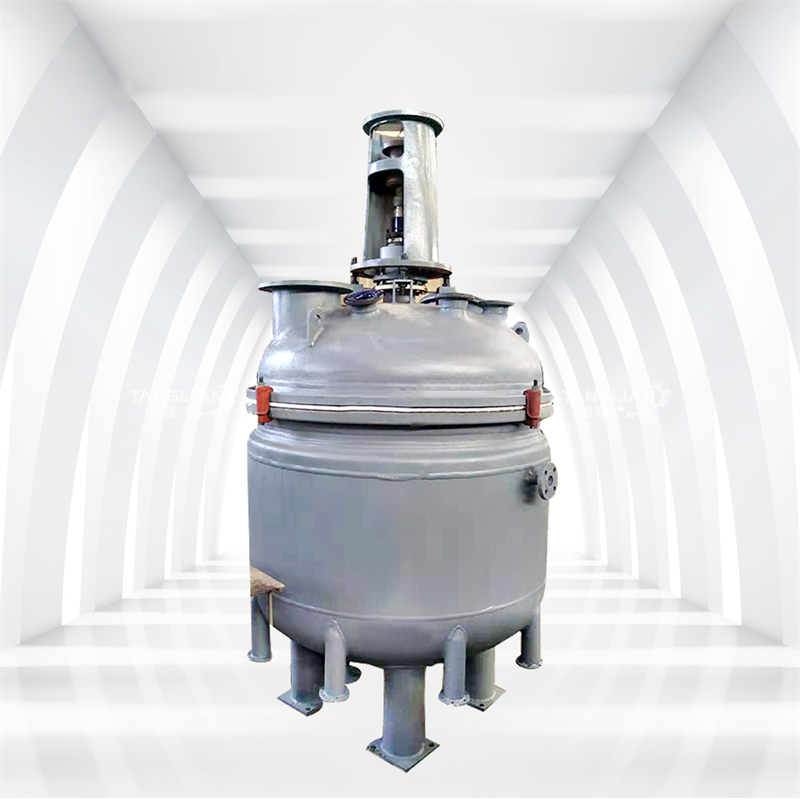
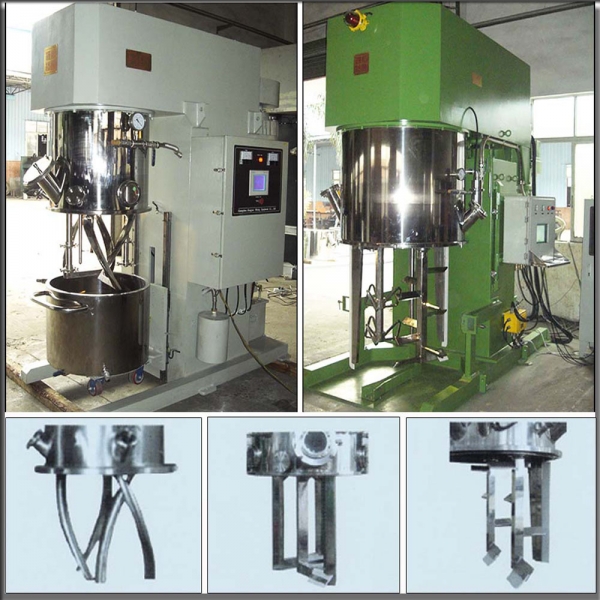





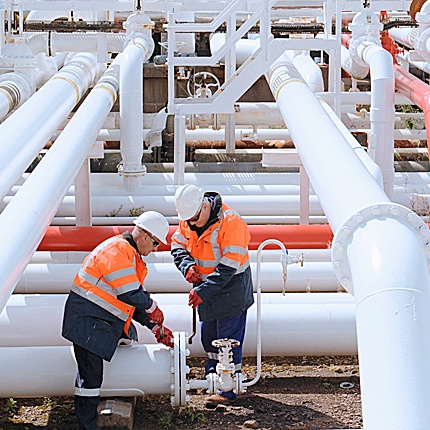
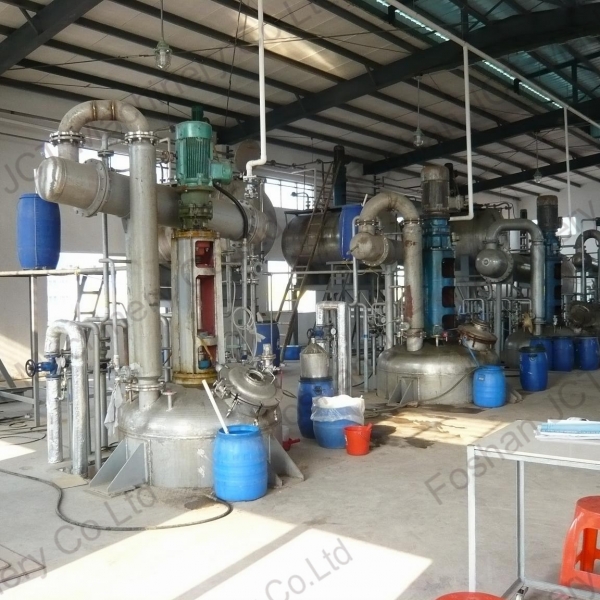
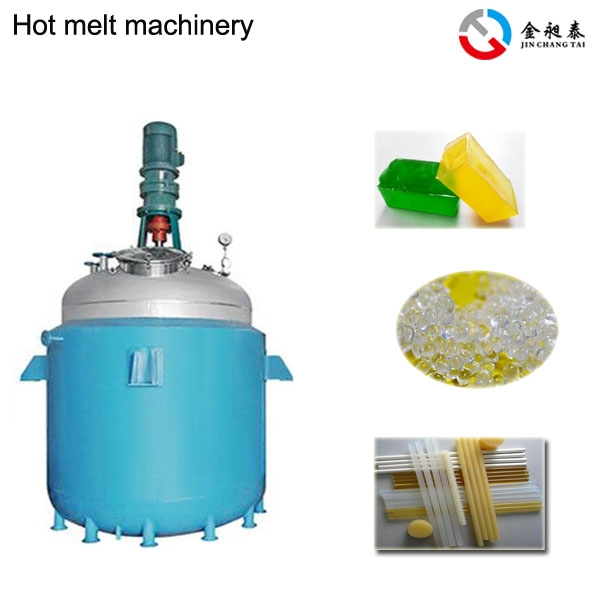
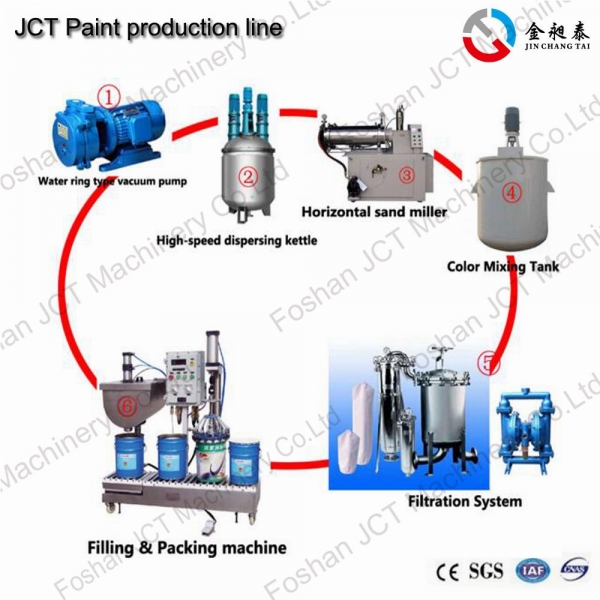
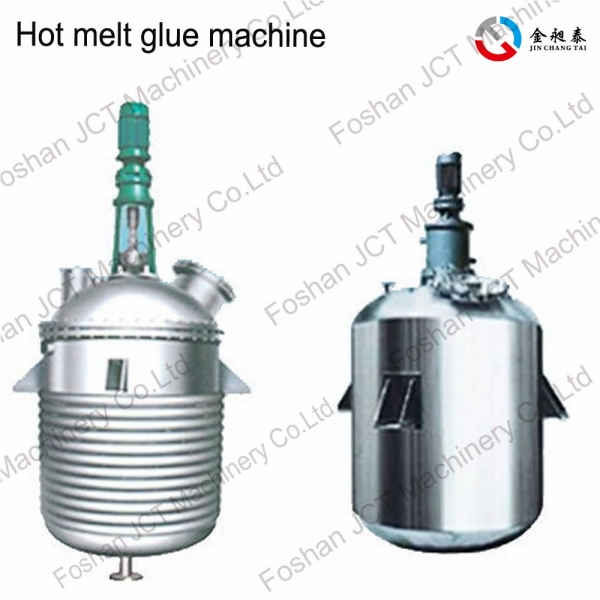
 CN
CN
 HOME
HOME About Urea-formaldehyde Resin Production Line | JCT Machinery
About Urea-formaldehyde Resin Production Line | JCT Machinery  You May Also Like
You May Also Like
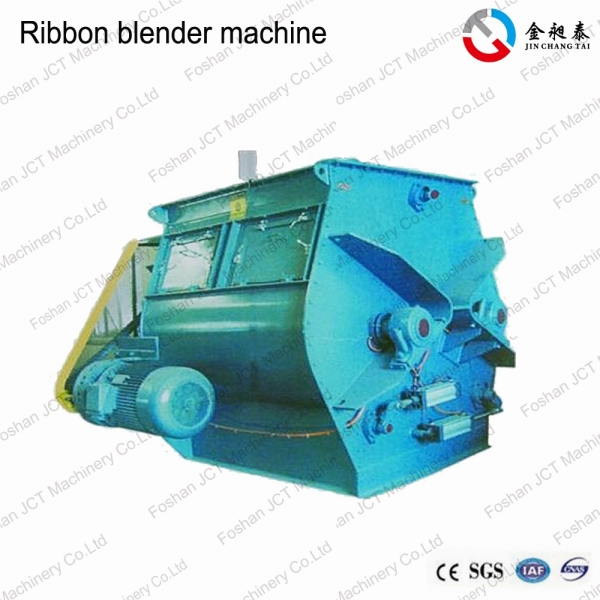

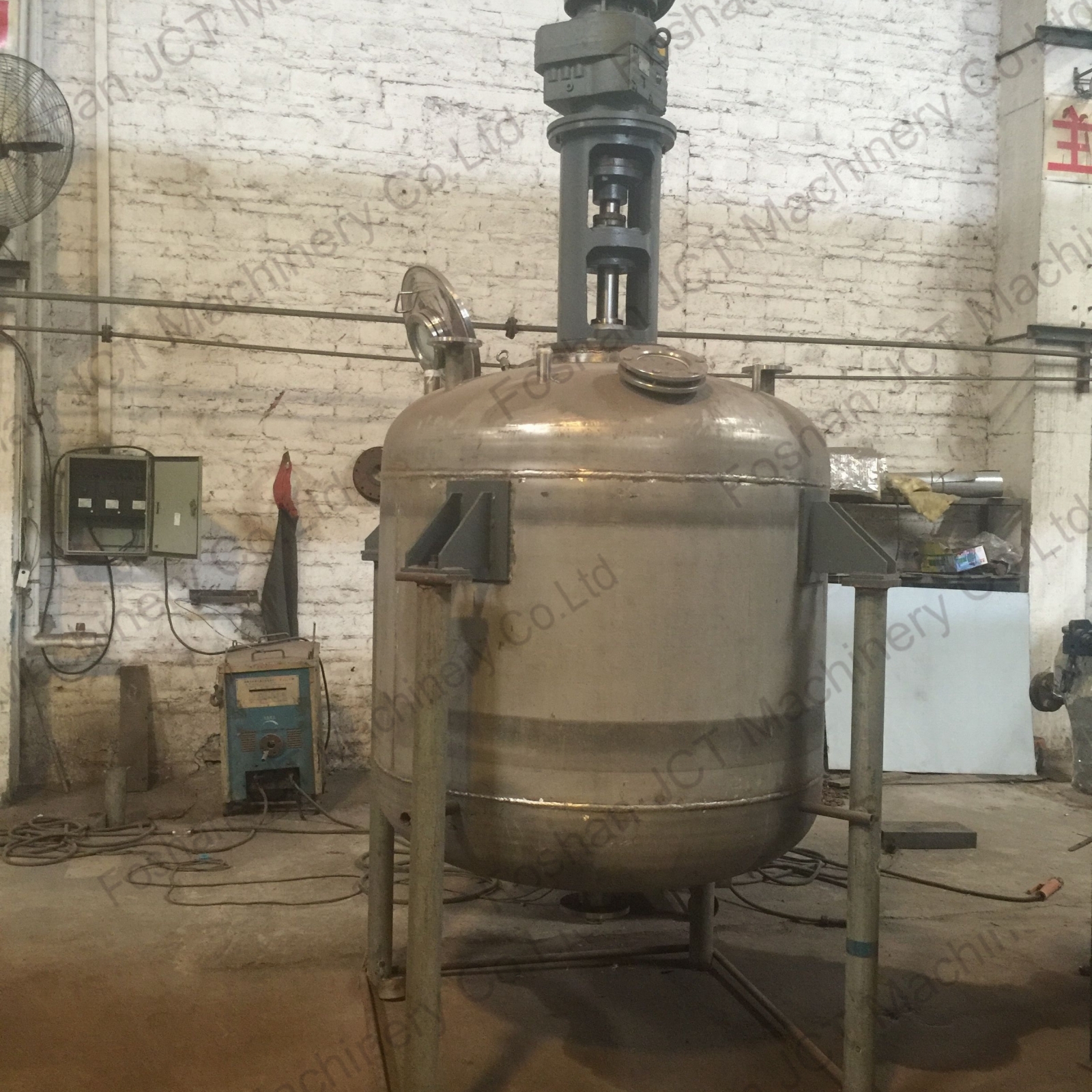
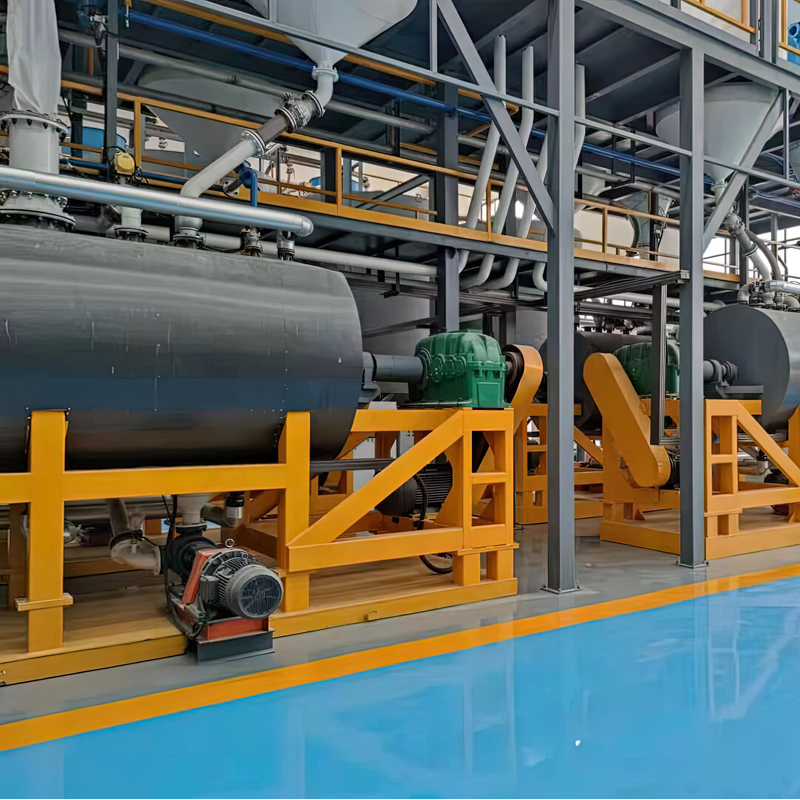

 Tel
Tel
 Email
Email
 Address
Address










